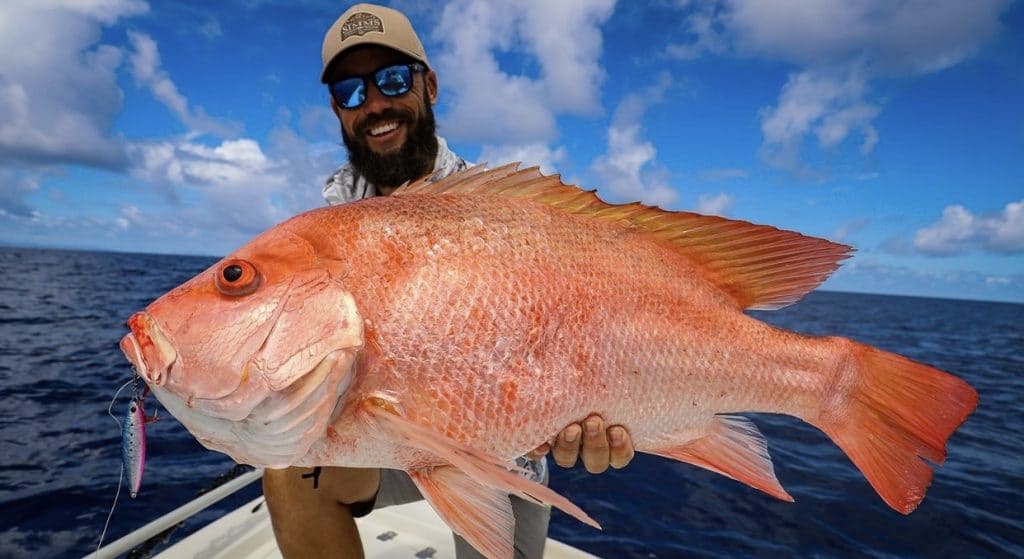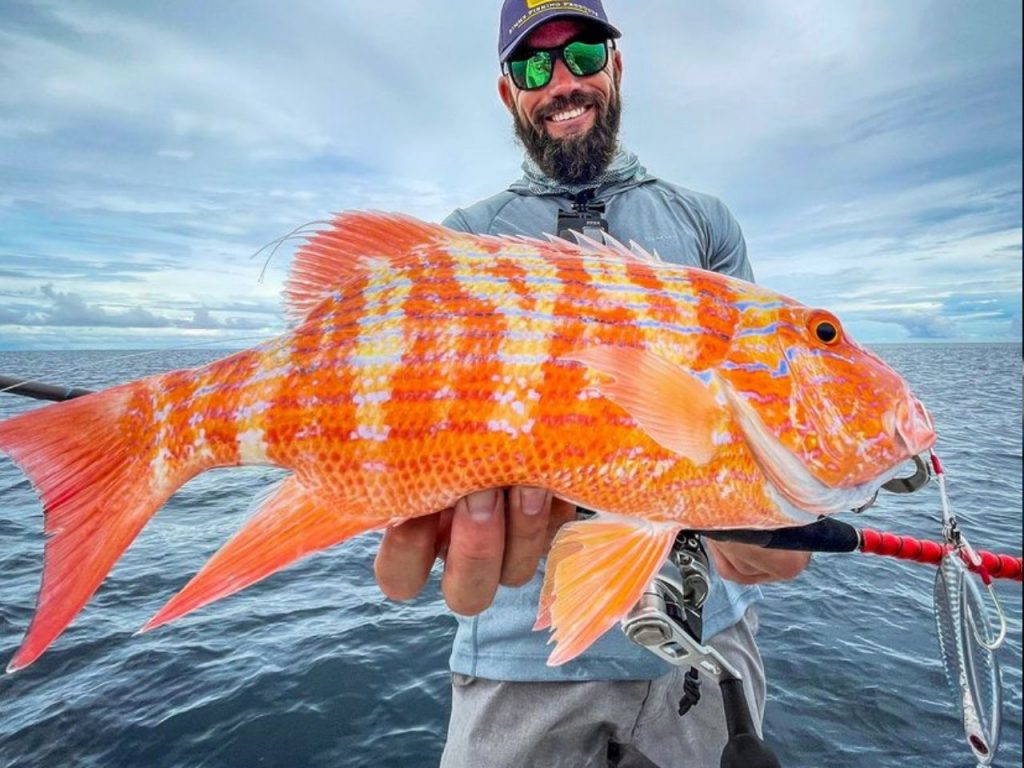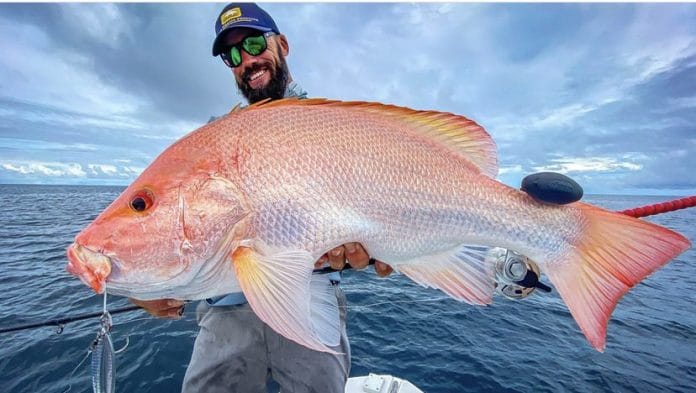More and more anglers are trading in their ugly stick for a jigging rod. It is no surprise that manufacturers are stacking the shelves at our local tackle shops with all different styles of jigging rods. Two of the most popular jigging styles we have in Australia are light jigging (also known as micro) and slow jigging (also known as slow-pitch). Dean Silvester has gone into depth on the difference between the two and when you should switch styles. I have picked out some key details and tips to get you started.
Differences Between Light and Slow
When it comes to light and slow jigging there can be some confusion. The two different techniques are both very effective but have their own time and place for a day out on the water.
Light jigging is basically conventional jigging with light jigs and a lighter PE. It is an all-rounder when it comes to species from bottom-dwelling fish to pelagics. The fast-paced movements of the jig will arouse the curiosity of even the most stubborn fish.
Slow jigging is a welcome relief after you have been high-speed jigging all day. This technique is best off for those deeper drops when you are chasing those bottom-dwelling species.
You’ll use different types of rods, lines, and jigs for these two jigging techniques, so make sure you know what kind of gear you have or need!

RELATED: Penn Slammer IV: Affordability Meets Hardcore Fishing
Light Jigging
A light setup will consist of a PE 1-4 rod (usually, an egg beater as it’s easier to jig on pace), 40g – 120g knife or flutter jigs. The light jigging rods themselves range from short and flexible to long and rigid. These are generally designed more for fighting fish than working the jig itself.
You can either lift slowly or quickly, emulating the patterns of a wounded or sick fish. Basically, with light jigging, you’re trying to entice active fish with the quick movements of the jig in all parts of the water column from the ocean floor to the top.

RELATED: Smart Lure Model Zero. Artificial Intelligence or just another artificial lure?
Slow pitch Jigging
Slow jigging is a bit of a different ball game. You will never get 100% out of the jig unless you have the right rod to work the jig and the correct reel with enough capacity and correct retrieval rate. To really nail the technique there are three main factors to take into account which are the rod, the reel, and the jig.
The rod will need to be light and extremely flexible. With the backbone on the blank being extremely strong, the rod does the majority of the work.
The reels used are predominately overheads for two main reasons. Jigs that are used with this technique are flutter jigs so a lot of the time you will get hit whilst you are dropping to the bottom, and any angler that has jigged with an egg beater knows how difficult it is to try and drop the bail arm and set the hook on a running fish. With an overhead reel it is extremely easy to adjust your drag whilst still reeling compared to having to take your hand off the handle to adjust the drag like you would on an egg beater.
The style of jigs used are flutter jigs and the reason for this is when you lift and load the rod up, it flings the jig off the bottom then it will flutter back down. For the deeper species, anglers like to use larger tea-shaped and knife jigs.
The species that you are generally chasing when slow jigging are structure-bound fish, so it’s the perfect technique as it is just a lift up and a quarter to half turn on the reel before letting the rod and jig do all the work. The jigs erratic movement followed by the slow flutter re-enacts a wounded fish making it irresistible for bottom-dwelling, inactive fish.

RELATED: Keep bait lasting longer. Brooke Frecklington shows you how!
The Last Cast
In summary, with light jigging, you’re targeting active fish moving through the water and slow jigging is targeting inactive fish, closer to the bottom.
Get inspired with Dean Silvester. He is an outdoor enthusiast keen on sharing his knowledge. Anyone who follows Dean won’t be disappointed when checking out his fishing adventures. Make sure you follow Dean on Facebook, Instagram, and YouTube.
Watch Dean Silvesters YouTube on Light vs. Slow Jigging here:
Both light and slow are great fishing techniques and offer their own fun and challenges. All anglers know you can never have too many rods so adding these two to your arsenal is a no-brainer. What’s your favourite technique?
Check out more on fishing gear and how-to here.




